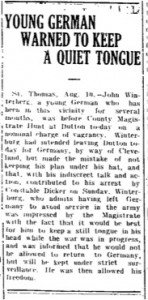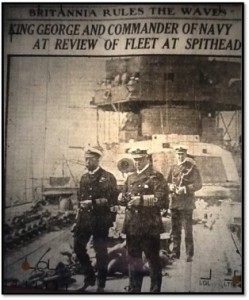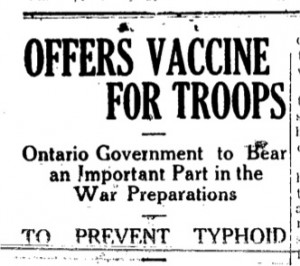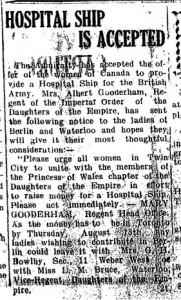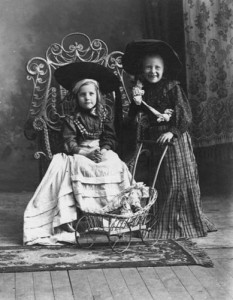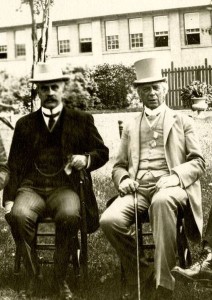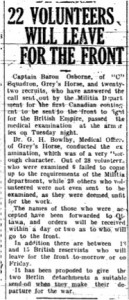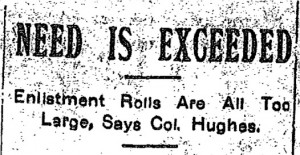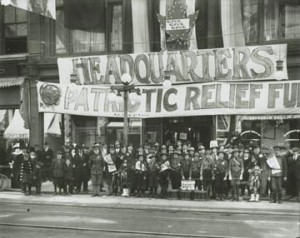On 10 August, a young German named John Winterburg was arrested in Dutton, Ontario. He faced a charge of vagrancy. The young man had planned to leave Dutton and travel to Cleveland so that he could return to Germany. He was caught when he failed to keep his plan secret and was arrested by a local constable. The County Magistrate informed Winterburg that he would not be leaving for Germany and that he would be kept under strict surveillance for the remainder of the war, although he would not necessarily be detained for the duration of the war.
This article, originally printed in St. Thomas, Ontario (also part of Elgin County) demonstrated to those living in Waterloo Region that local law enforcement were taking the Canadian Militia Department and the Dominion Cabinet’s orders to prevent German reservists from leaving the country seriously. Both the Berlin Daily Telegraph and the Waterloo Chronicle Telegraph reprinted this story for their Waterloo Region readers. Articles like these demonstrated that law enforcement and the Canadian government would not hesitate to use their power over Germans and German-Canadians during the war.
(“Young German Warned to Keep a Quiet Tongue,” Berlin Daily Telegraph, 11 August 1914, “Young German Warned to Keep a Quiet tongue,” Waterloo Chronicle-Telegraph, 13 August 1914.)
